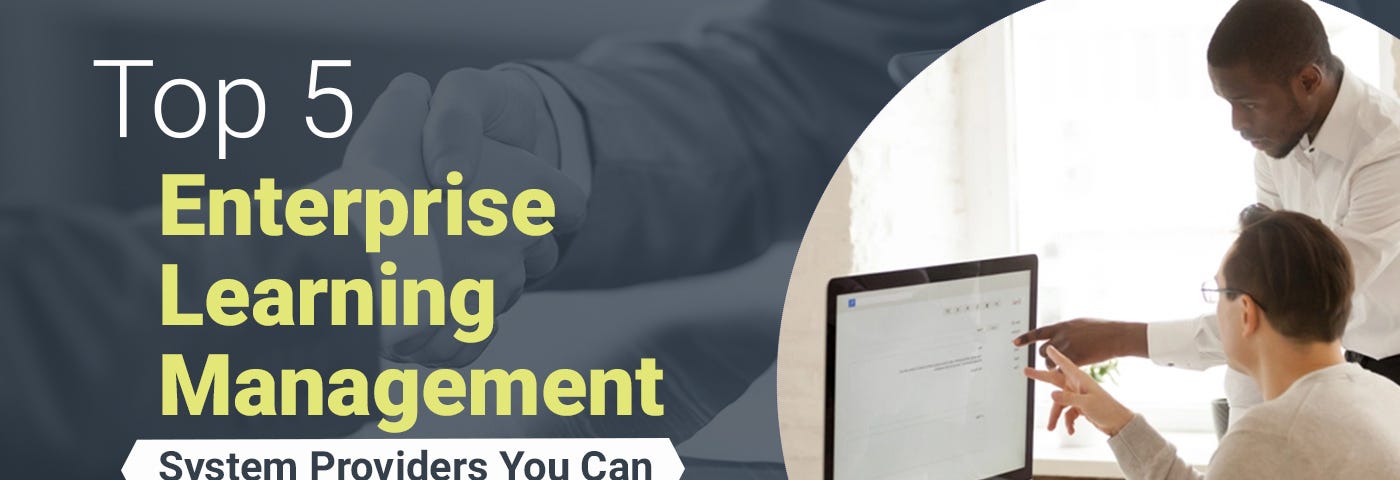In today's digital learning space, choosing the right LMS platform is increasingly important than ever. With an abundance variety of choices available, organizations frequently find themselves navigating a complex landscape full of numerous attributes, functions, and costs. The key to making an educated choice lies in understanding the particular needs of your organization and steering clear of common mistakes that can lead to misallocated resources and unsatisfactory outcomes.
Numerous organizations hasten into selecting an LMS without fully assessing their goals, user requirements, and long-term strategies. This speed can result in selecting a system that does not align with their educational goals or does not succeed to support their students effectively. By taking the time to carefully assess different LMS choices and identifying potential pitfalls, organizations can guarantee they invest in a solution that improves their training and growth efforts while promoting a positive learning environment.
Understanding LMS Characteristics
When choosing the right LMS solution, it's essential to understand the key aspects that can greatly affect user interaction and efficacy. One key aspect is the user UI and simplicity of use. A clean, intuitive design will promote engagement from both learners and instructors. Look for platforms that provide straightforward course creation capabilities, easy access to resources, and a fluid browsing experience. A complex interface can lead to discontent and lack of involvement, compromising the learning goals.
A further notable feature to take into account is the personalization features offered. Each organization has unique needs, and the ability to adapt the LMS platform to meet these demands can make a huge change. Some systems offer extensive flexibility in terms of branding, course design, and reporting capabilities. This adaptability enables businesses and educational institutions to create a distinct learning environment that matches with their goals and boosts learner satisfaction.
Finally, it is vital to evaluate the integration capabilities of the LMS system. Many organizations use a variety of tools for communication, project management, or content delivery. A good LMS will easily integrate with these current tools, improving functionality and optimizing the learning journey. Look for integration with frequently used applications, API options, and assistance for third-party integrations to confirm that the LMS can integrate effortlessly into your established workflows and technology landscape.
Evaluating Costs and Return on Investment
When deciding on an LMS system, comprehending the costs involved is essential for making a sound decision. While first-time purchase cost is often the first number that comes to mind, it is essential to consider further than just this upfront investment. Additional costs such as upkeep, support, education, and content development can contribute significantly to the total cost of ownership. Consider all possible charges, including monthly fees if you opt for a cloud-based solution, and examine different payment structures to find one that fits your financial plan and requirements.
Calculating the ROI, or ROI, for an LMS platform can be challenging, yet it is equally crucial. Take into account how the system will enhance efficiency, improve training outcomes, and potentially lead to increased employee performance. Look for concrete data to establish this ROI, such as reduced training time, increased knowledge retention, or shorter onboarding duration. By converting these benefits into financial terms, you can gain insight into the benefit the LMS brings to your organization.

Finally, it is wise to engage stakeholders in evaluating both expenses and expected outcomes. Involving staff who will use the LMS can provide important perspectives on capabilities that are necessary for their processes. Gathering input during the assessment process helps guarantee that the chosen platform not only fits within financial limits but also meets the requirements of the company, maximizing overall effectiveness and profitability.
User Experience and Support
When it comes to selecting an LMS platform, user experience should be a top priority. A thoughtfully created interface can considerably enhance the learning journey, allowing for users to explore courses and resources. Look for platforms that feature user-friendly menus, distinct navigation paths, and a layout that aligns with the way your learners wish to interact with content. The aim is to lessen frustration and maximize engagement, cultivating a more productive learning environment.
Help is another vital element to consider. Ensure that Kallidus choose provides extensive support options, including guides, FAQs, and attentive customer service. Whether through chat, email, or phone, quick support can address issues swiftly, enabling both administrators and learners to stay concentrated on their goals. Additionally, an active community or forum can be helpful for discussing best practices and troubleshooting together.
Finally, consider the existence of ongoing training for both instructors and learners. Many LMS platforms host workshops or webinars that can assist users get the most out of the system. Regular updates and enhancements are also vital, as they demonstrate the platform's dedication to user satisfaction and continuous improvement. By prioritizing user experience and comprehensive support, you can choose an LMS that not only meets your needs but also supports your learners.
